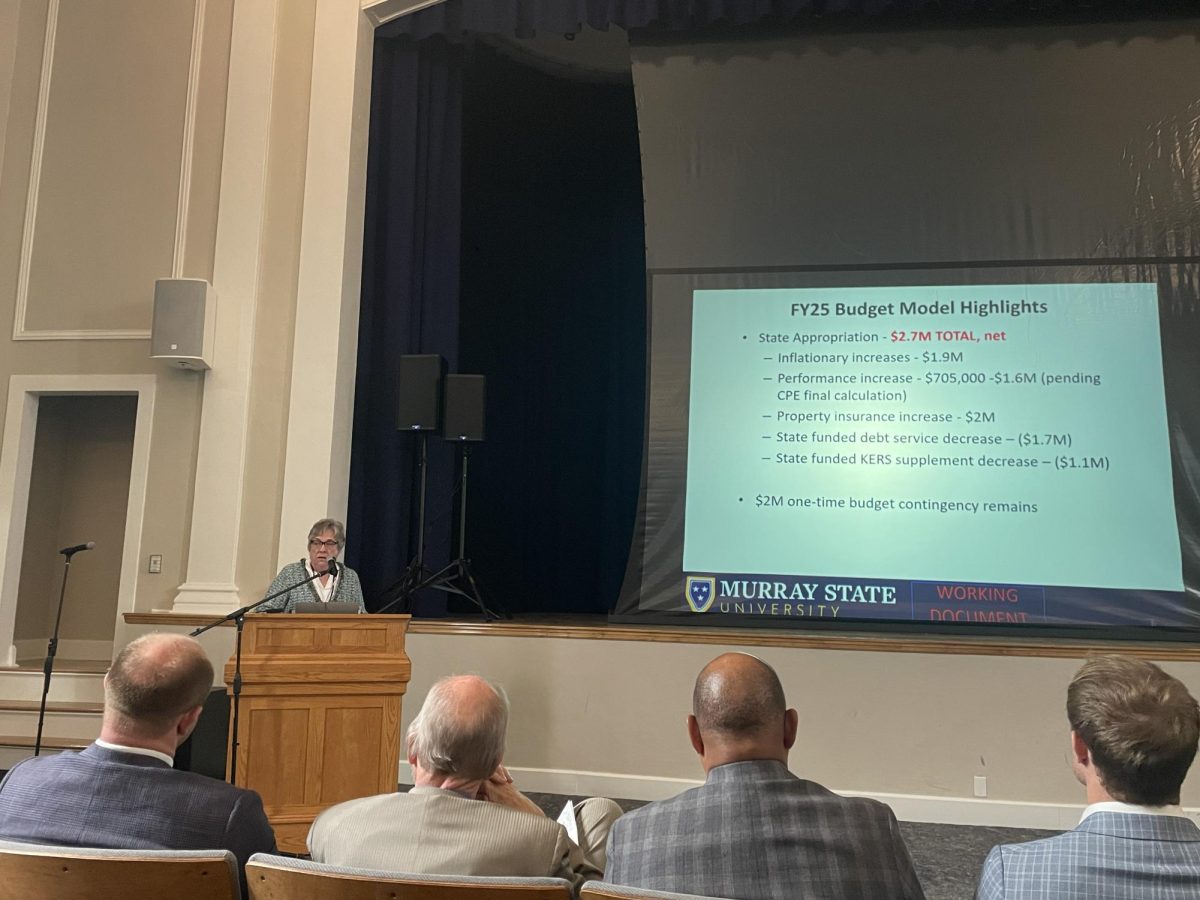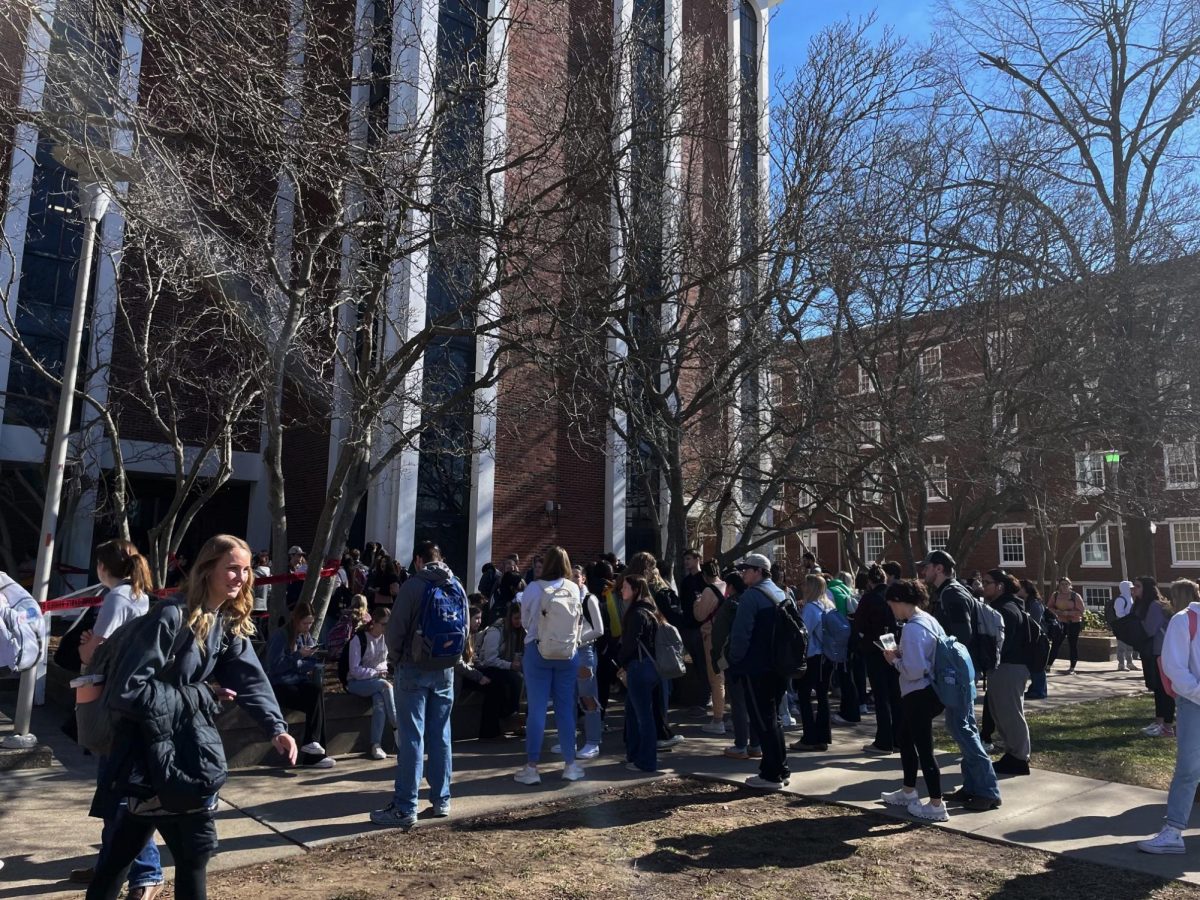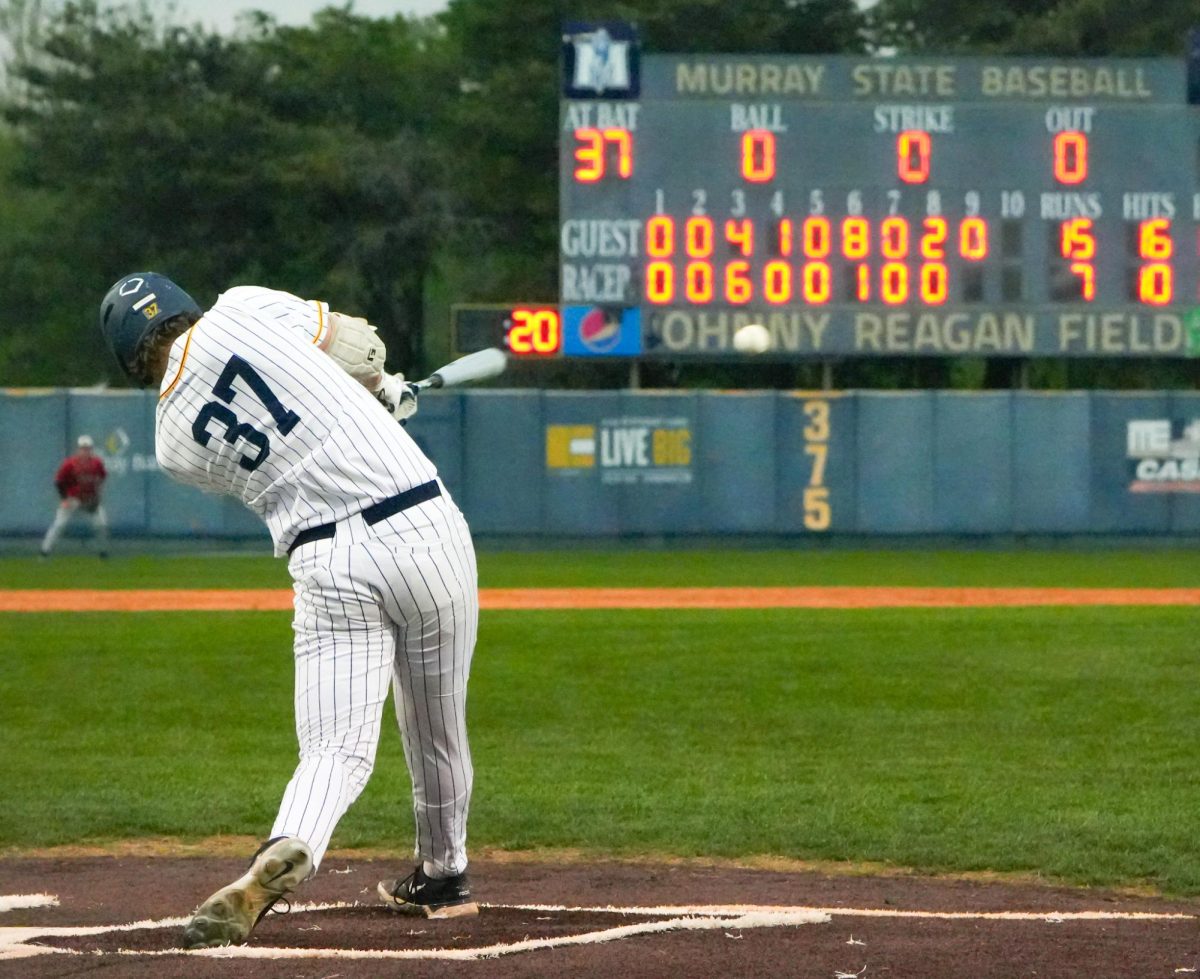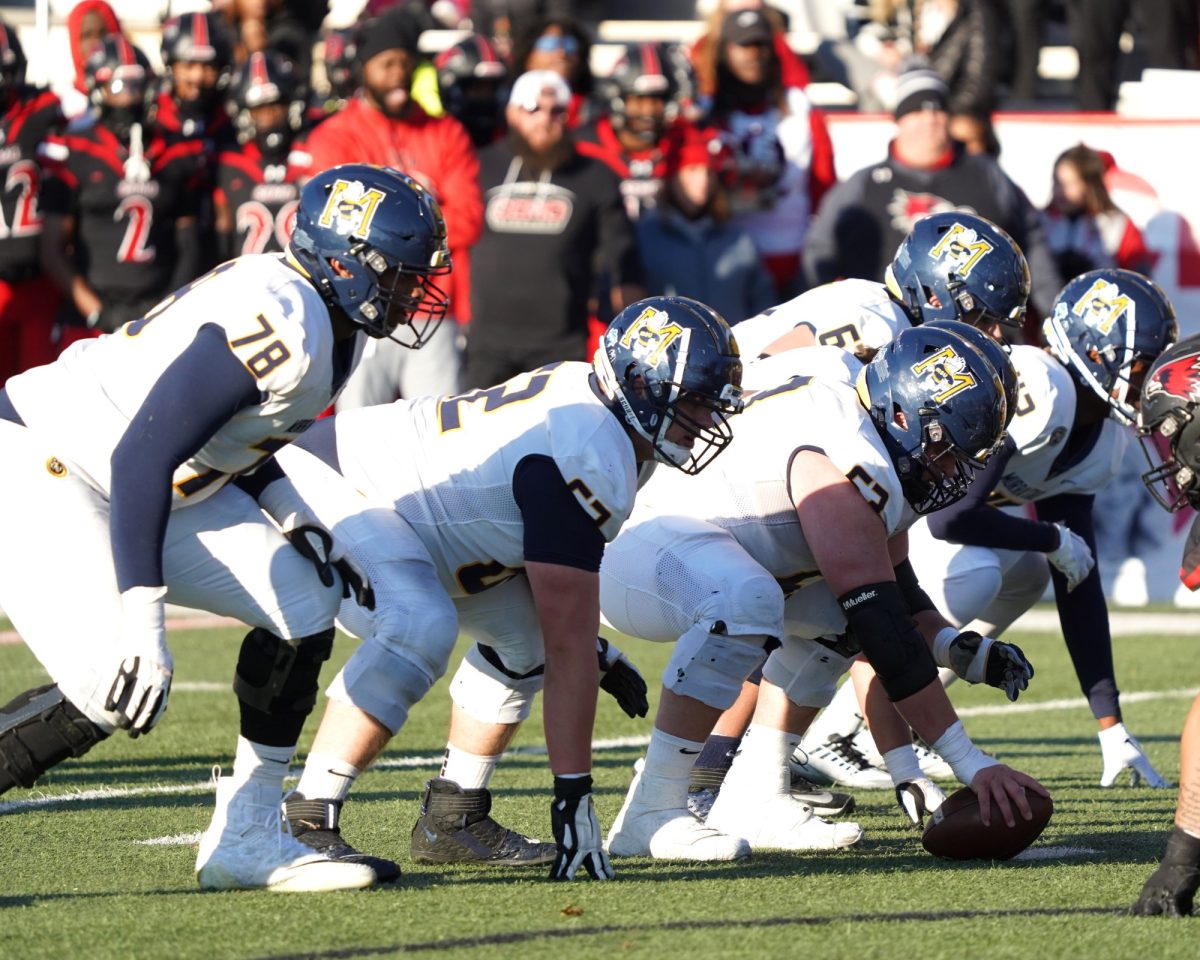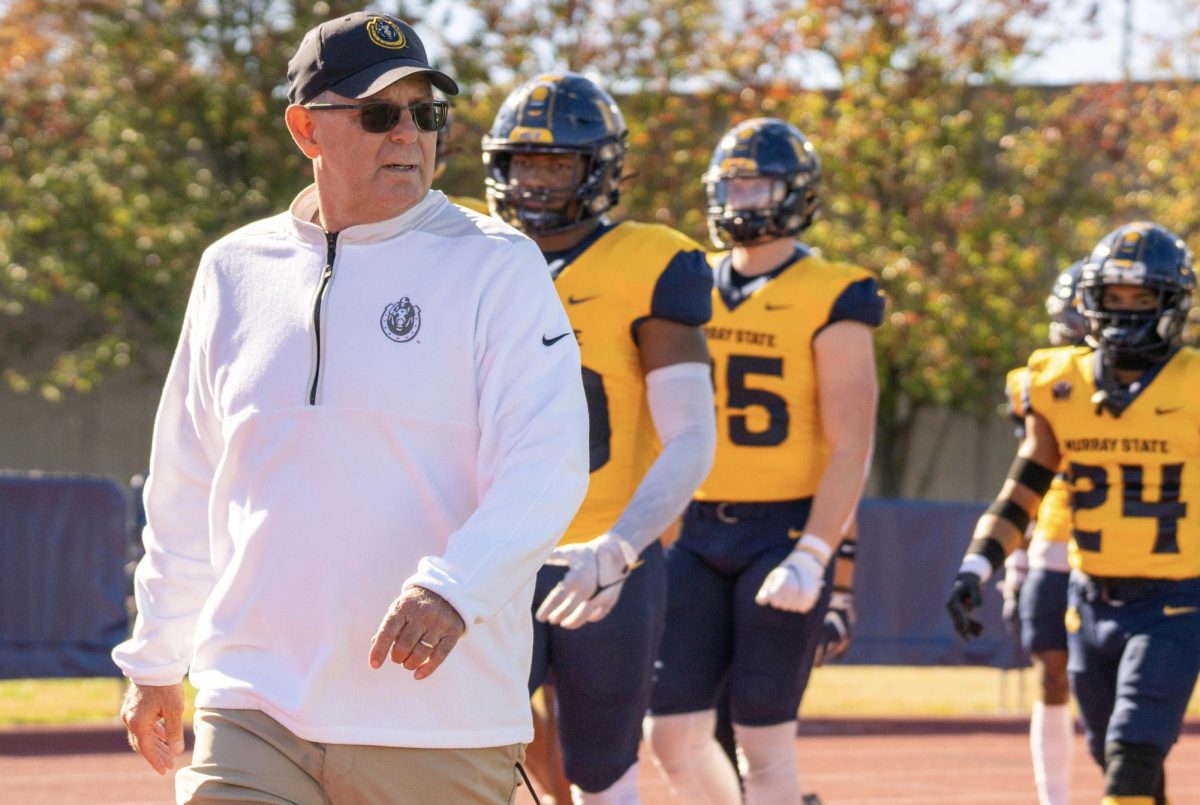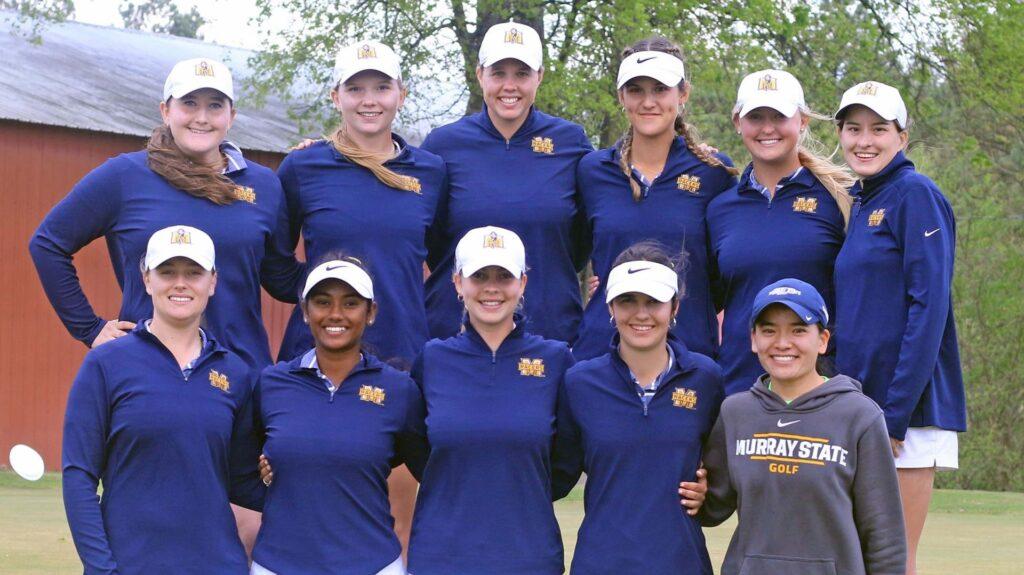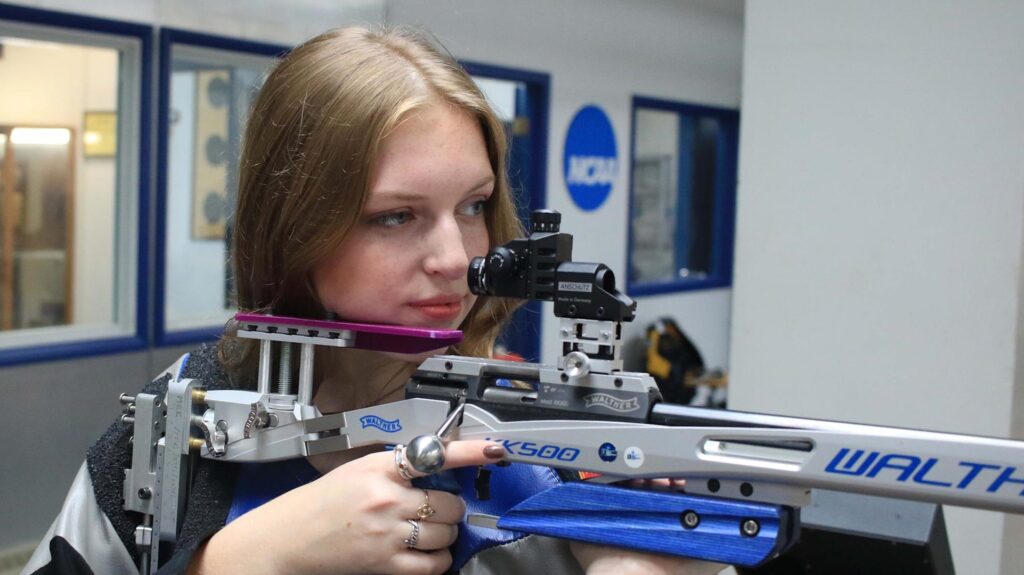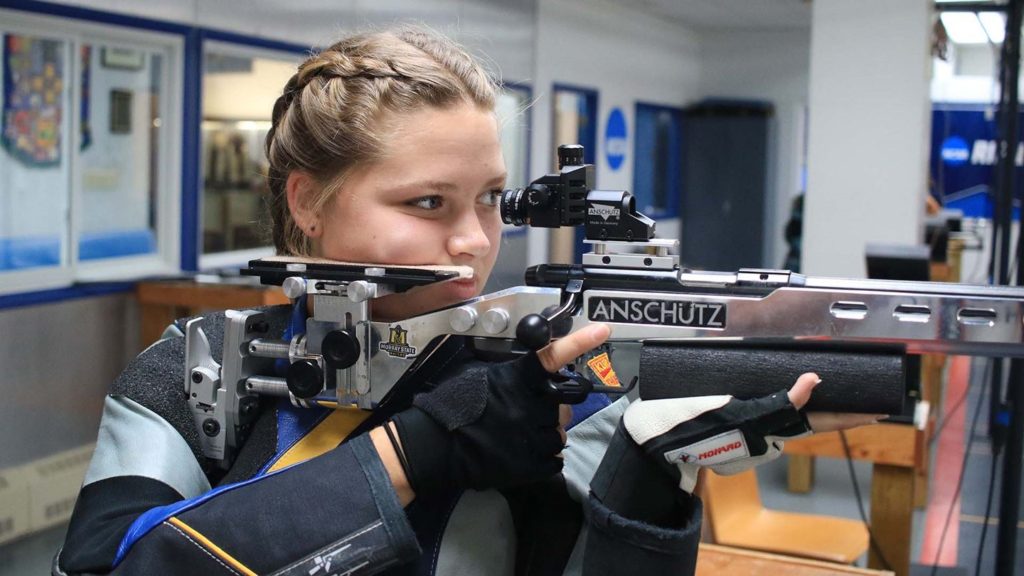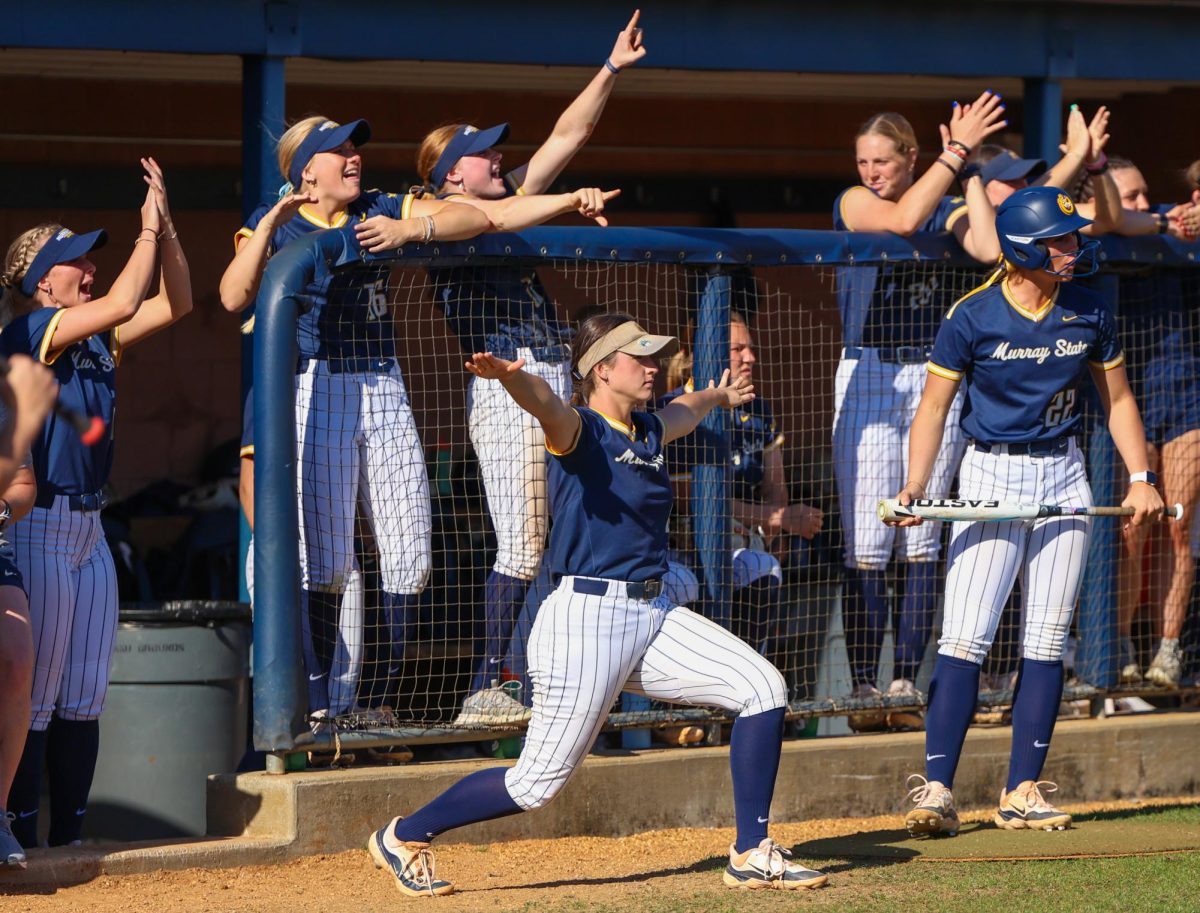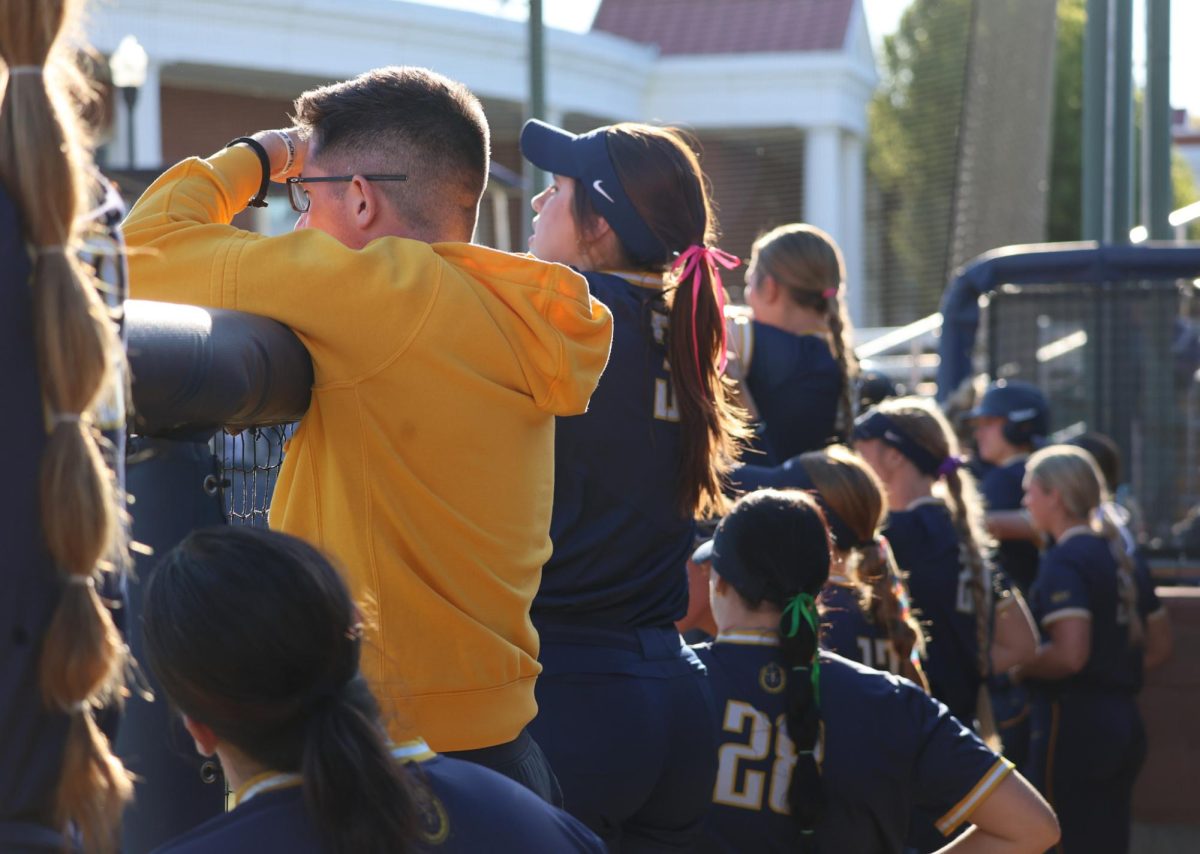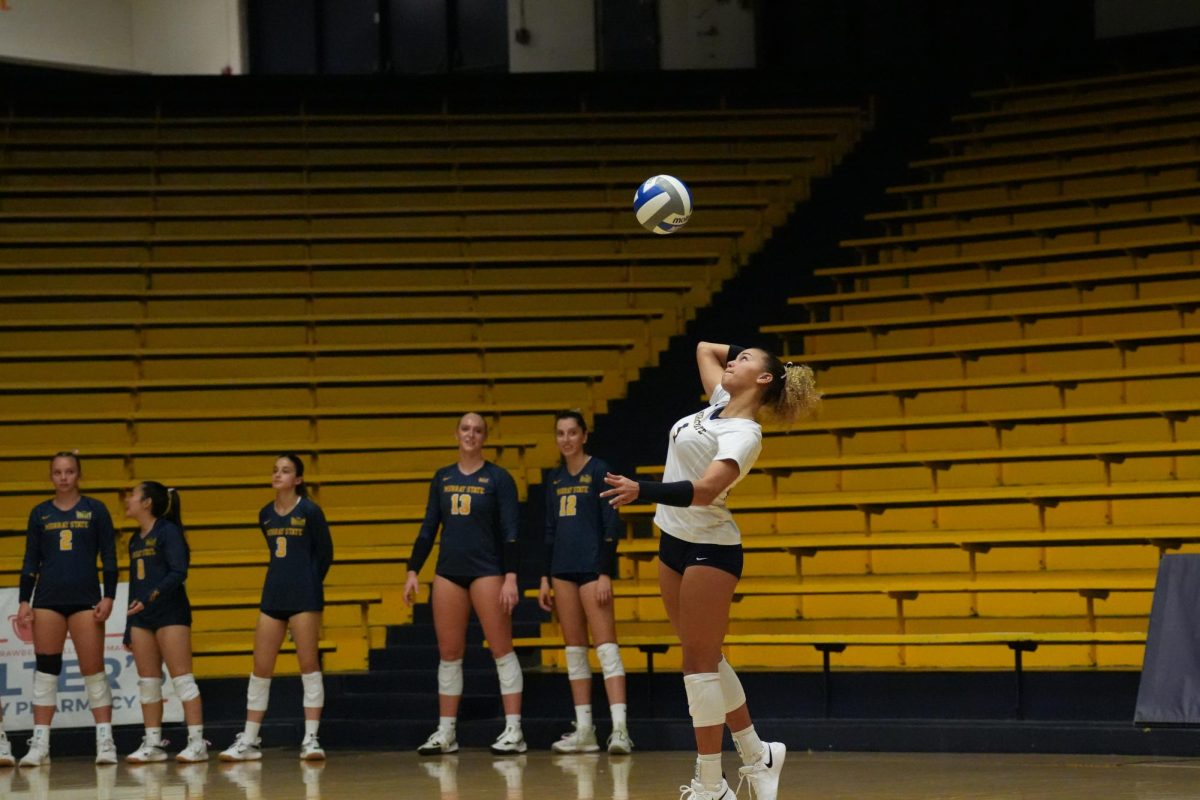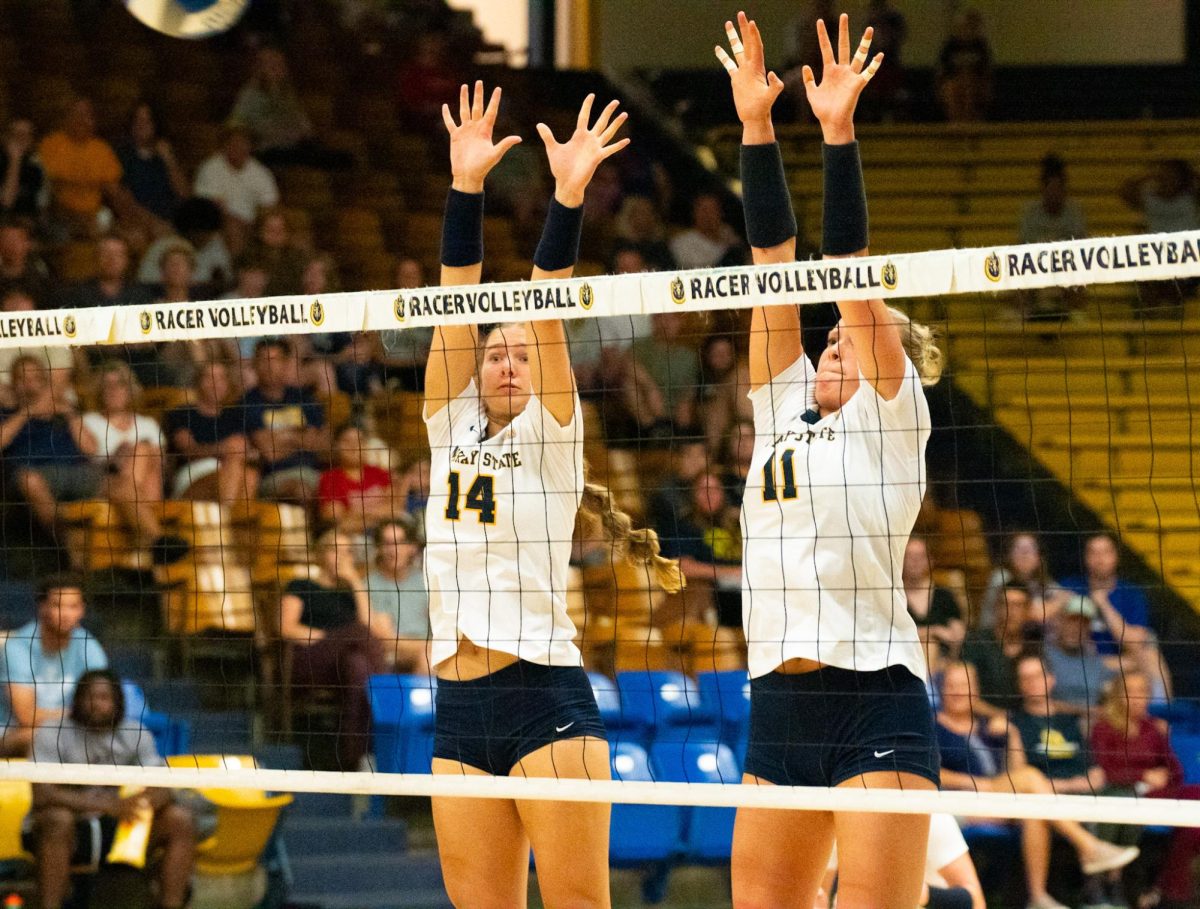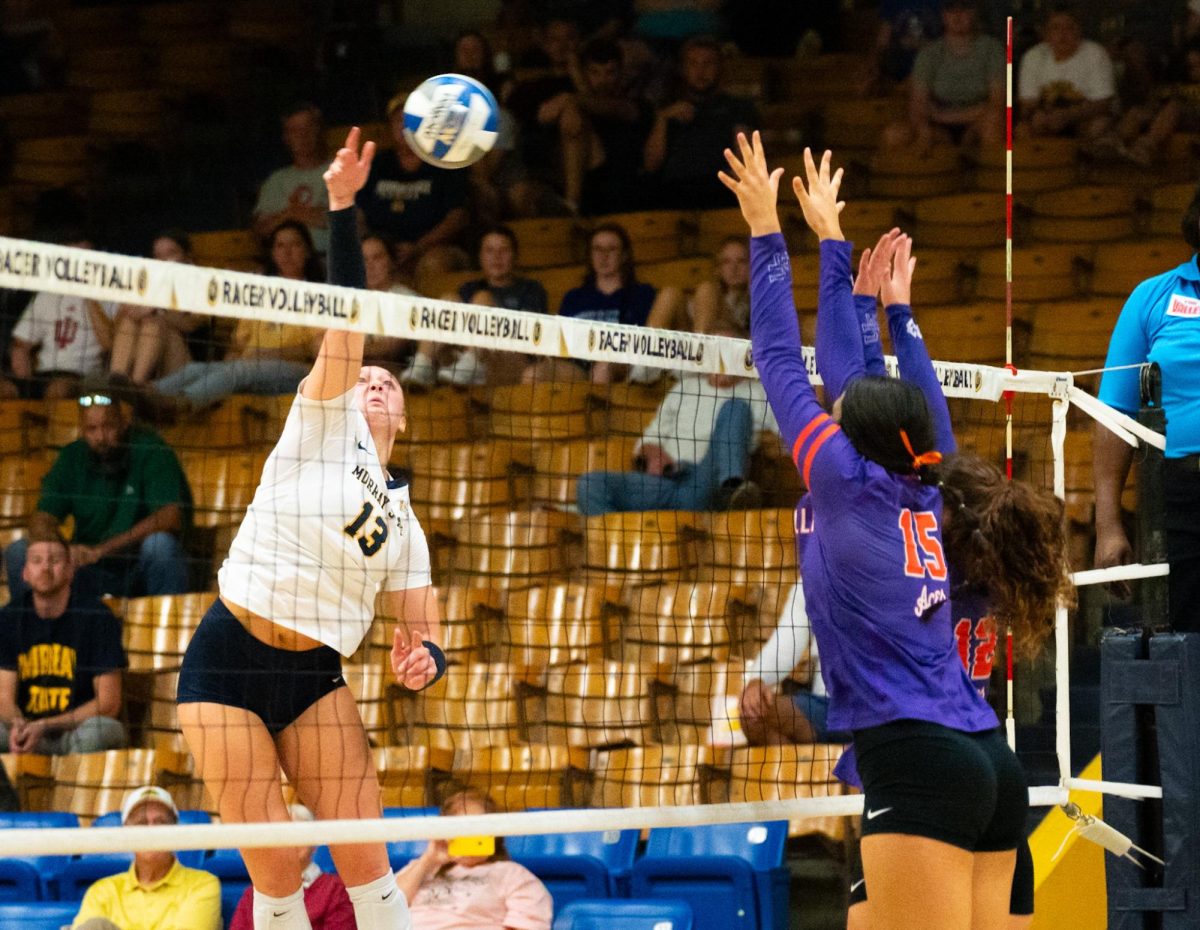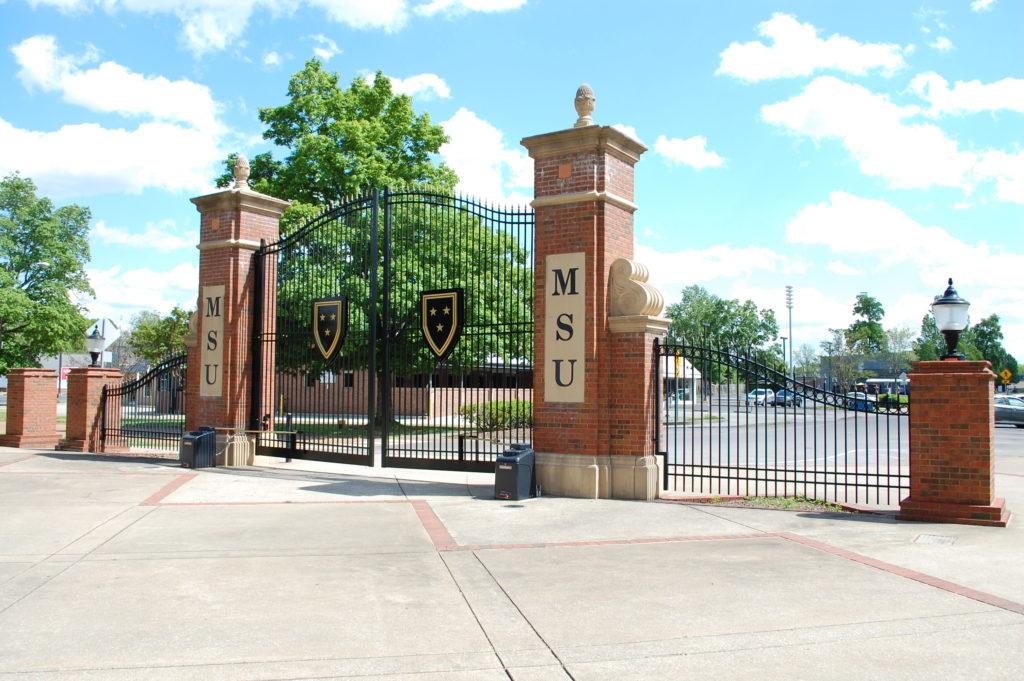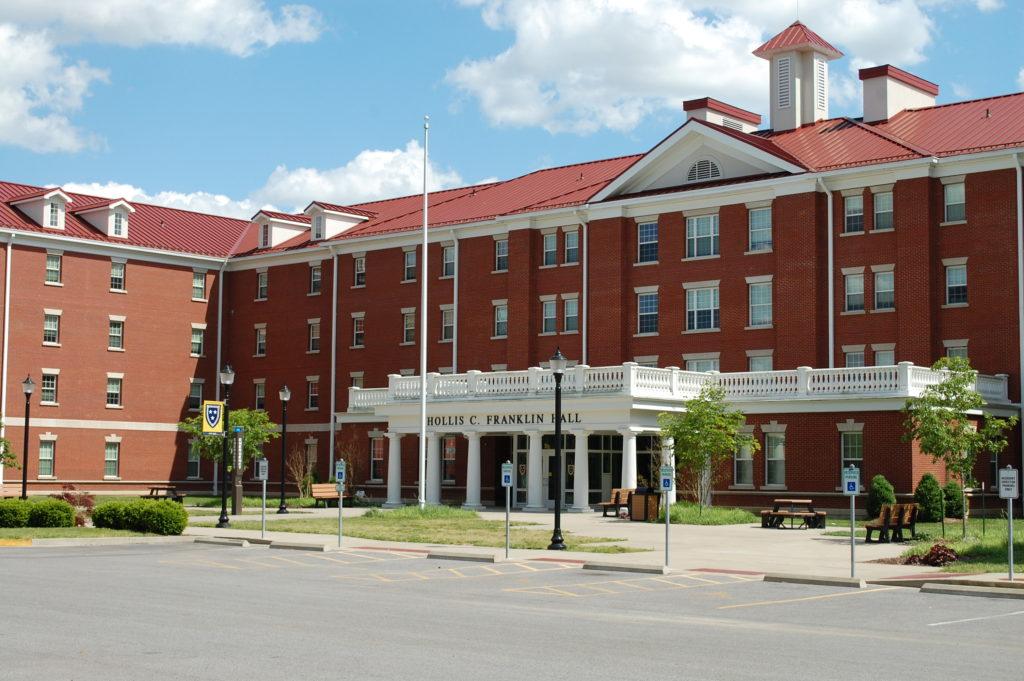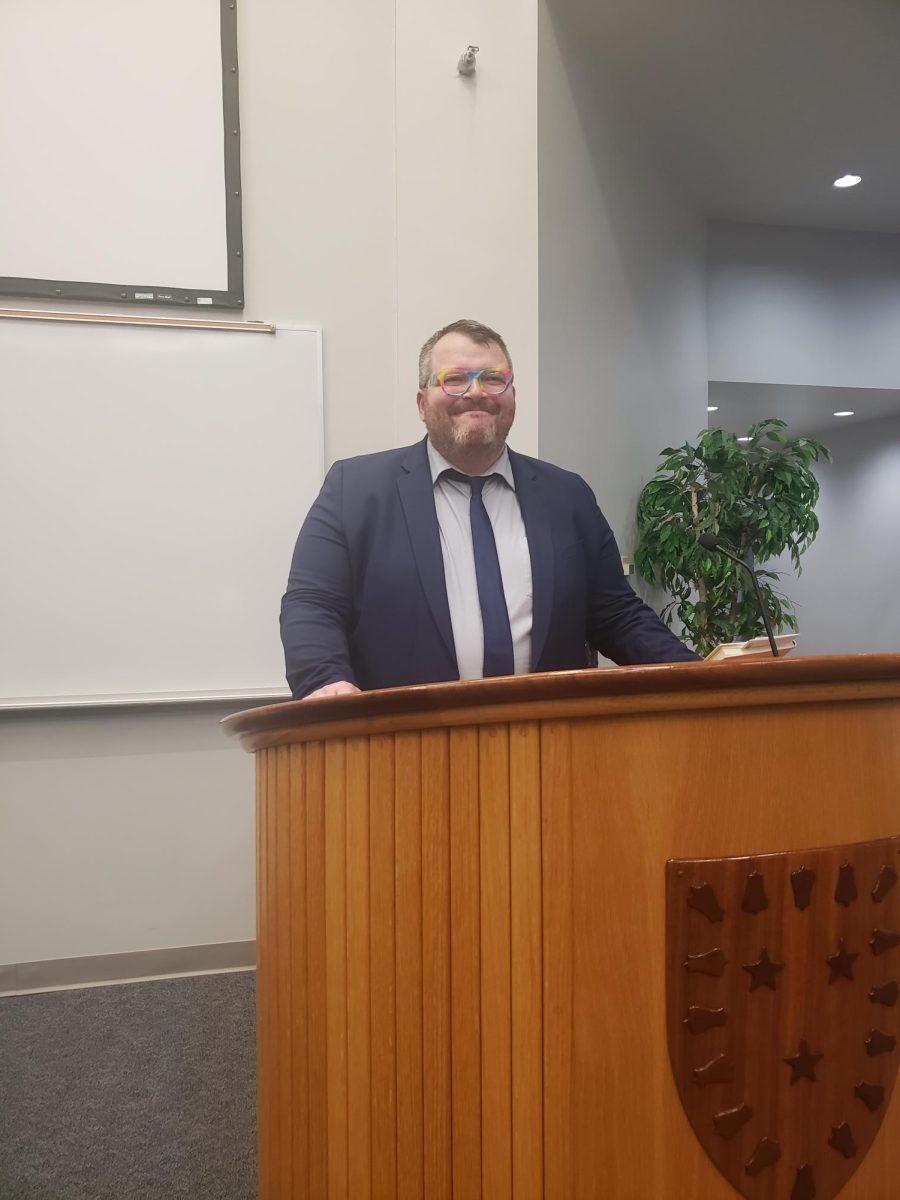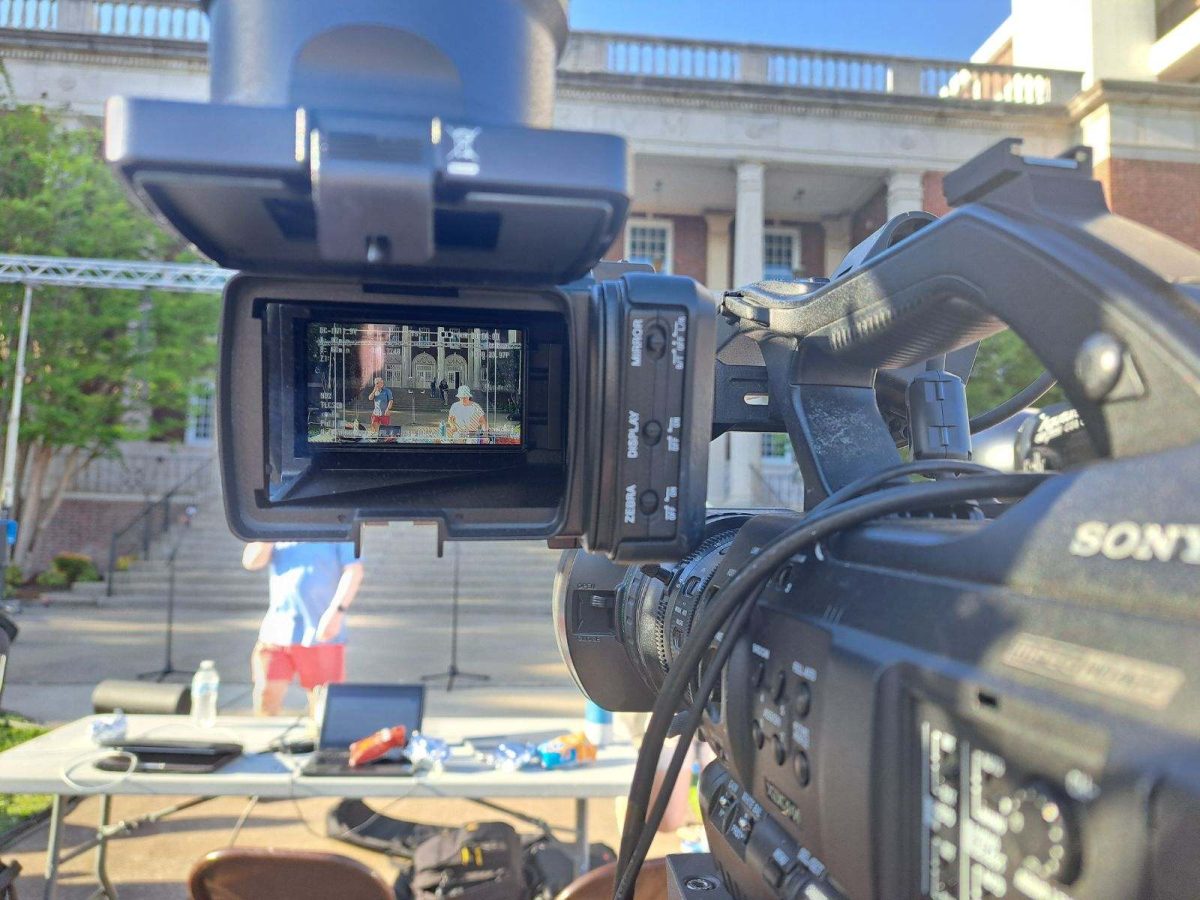Story by Bailey Bohannon, Contributing writer, and Mikayla Marshall, Contributing writer.
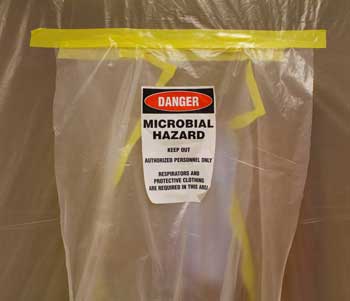
Areas in the Jesse D. Jones Hall are sectioned off because of mold, which has yet to be fully resolved.
Mold was suspected to reside in nine classrooms in a wing of the Jesse D. Jones Hall Aug. 6 by University officials, but further testing revealed mold had spread to three more rooms.
The classrooms affected were closed and scheduled for remediation four days later and the scheduled time for re-access to those classrooms initially investigated has not changed.
The first step is to determine the type of mold causing the problem.
The University and the Jesse D. Jones Science, Engineering and Technology faculty took the approach that the mold should be dealt with completely and immediately, as it can affect people.
“No mold is good mold,” said Steve Cobb, dean of the Jesse D. Jones College of Science, Engineering and Technology. “We didn’t want any of it, because all of it has the potential to be allergenic so we wanted to get it all out of there.”
The type of mold causing the delays is still unknown but will hopefully be revealed upon further testing. An air test and a tape test will be performed to see if any mold still resides in the air or on any surfaces.
Cobb said he received an update Aug. 17 that said five rooms are now cleared and all equipment used in those rooms have been disinfected. However, the equipment has not yet been put back into the classrooms because they will again be inspected before being reopened to the public.
Cobb said he and other faculty members have an ongoing theory: over the summer, the biology wing underwent maintenance work on the air conditioning system. This is speculated to have caused high humidity and a moist climate, along with condensation for the building during the late part of July, which he says is a perfect environment for a mold outbreak. Cobb said humidity and condensation may have caused the mold to appear and to start growing rapidly, causing a problematic outbreak.
There are parts of the building still in need of treatment and some parts that still need investigating.
Murray State’s main priority is to clear the mold from the teaching labs, then student and teacher research labs and finally the faculty offices so students would be the least inconvenienced, and students with mold allergies would not have to suffer.
“Places that impact students had first priority,” Cobb said. “There were no classrooms in biology that were affected, only labs.”
Students will not be around the microbial hazard areas which are completely sealed and marked off.
However, an inconvenience comes from the changed class schedules students were not notified about until the day before or as soon as they walk up to the door and see the sign with the list of re-located classes.
Jennifer Williams, senior from Murray, said her chemistry class was relocated twice to two different buildings on opposite sides of campus, which she said was an inconvenience because she was not notified until the day before classes started.
Kadie Kinnis, senior from Mayfield, Ky., said she and her classmates nearly missed the last minute e-mail from their professors, and they also had to contact their professors independently.
The University is in the process of trying to uncover the cause and how to prevent outbreaks from happening in the future.
The way the humidity is getting into the building is still being investigated and officials are looking into whether the way the building is structured makes it prone to condensation. If that is the case, a concern for the new Engineering and Physics Building is being taken into account.
“To my knowledge we’ve never had an outbreak that is this comprehensive where it covers lots of rooms at one time,” Cobb said. “It just seemed to be growing as the days [went] by.”



